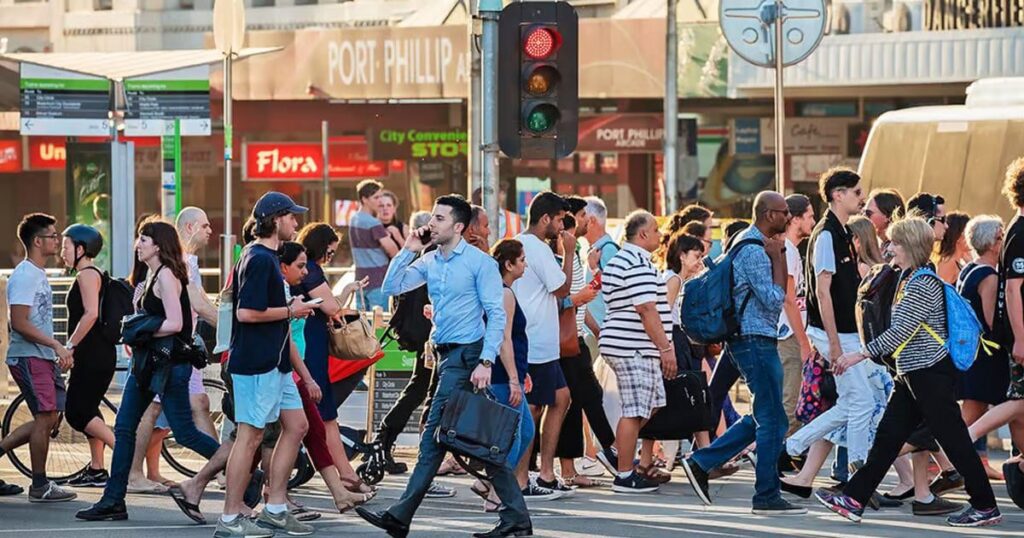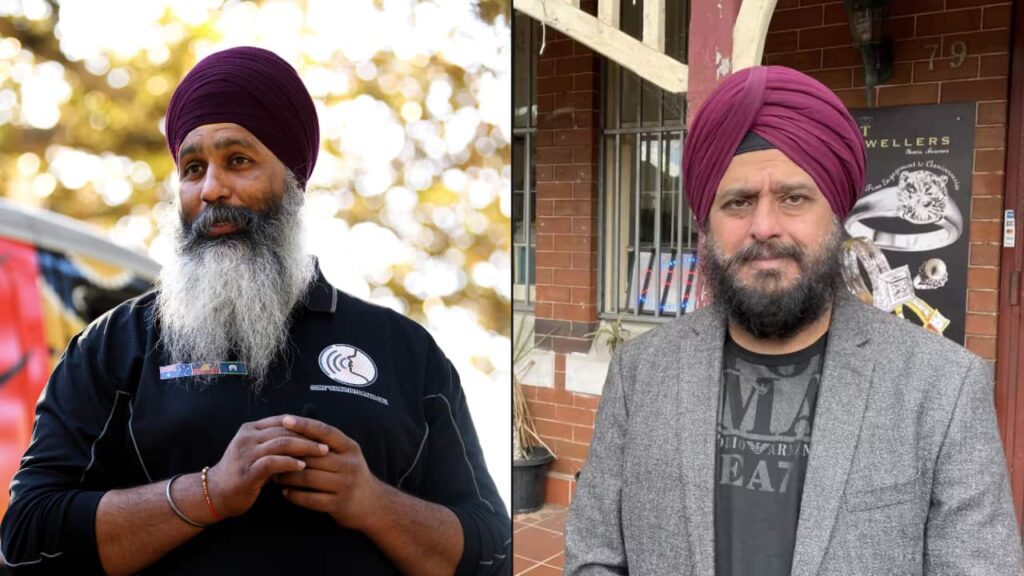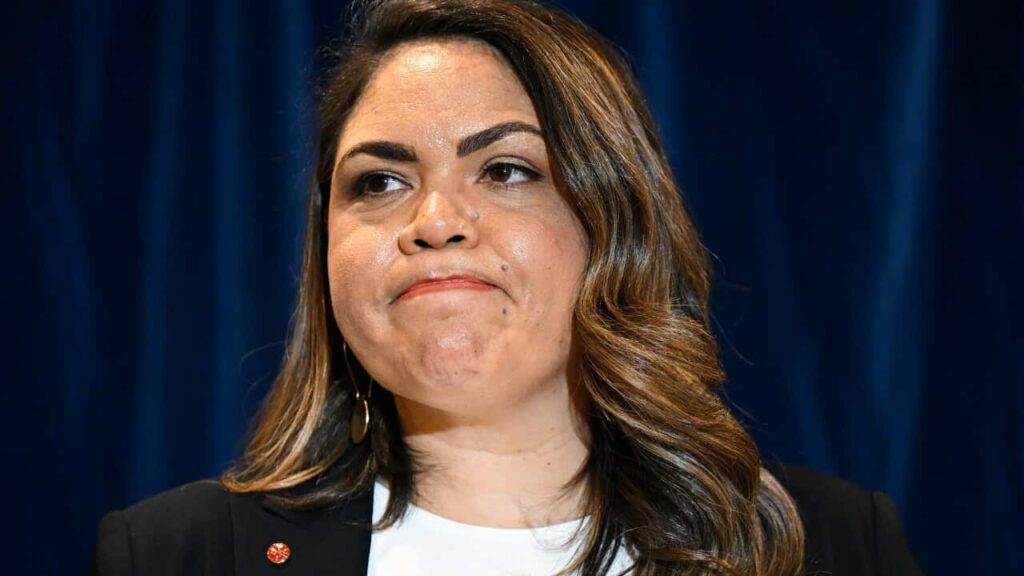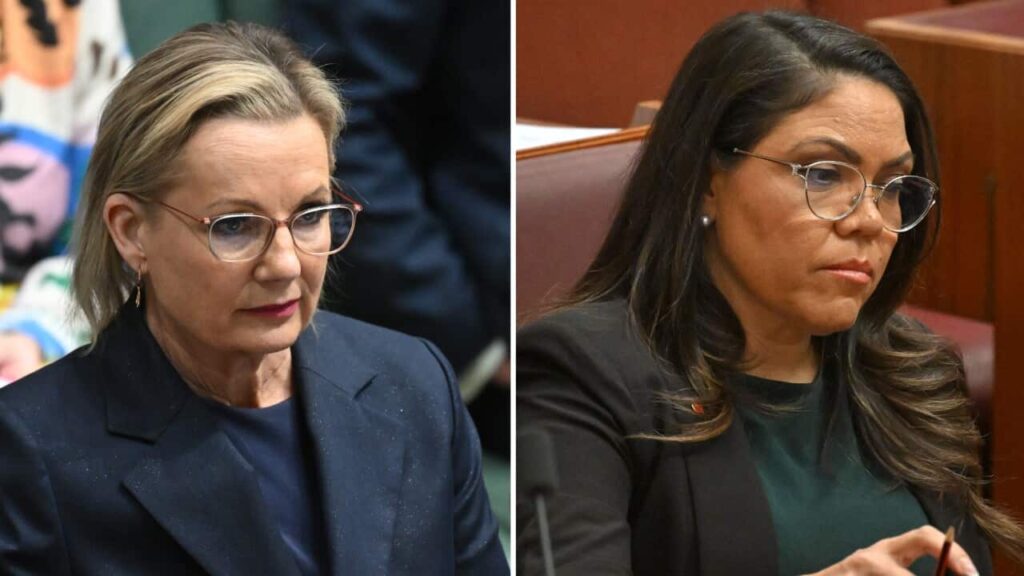Race, Migration, and Ties Between Australia and India

Race and Migration Debate in Australia
A new discussion is emerging in Australia surrounding race and migration, particularly focusing on the growing Indian migrant community. This debate intensified after Jacinta Nampijinpa Price, a member of the Federal opposition Liberal Party, accused the ruling Labor Party of favouring Indian migrants to enhance its political support. Her remarks came during anti-immigration rallies organised by white nationalist groups targeting Indians, triggering a broader national dialogue about race relations and migration policies.
Political Fallout and Public Response
In response to Price’s comments, Opposition Leader Sussan Ley swiftly distanced the Liberal Party from the controversy. When Price declined to apologise for her statements on mass migration, Ley removed her from her role as shadow minister. Ley later issued a public apology to Indian-Australians and others potentially offended by Price’s comments. Although Price eventually acknowledged that her remarks were poorly expressed, many felt the damage had been done.
Media and Community Reactions
The media reacted quickly, with an ABC journalist describing Price’s comments as discriminatory. Some interpreted her statements as a political miscalculation rather than outright racism. Leaders from the Indian community condemned her remarks and sought an apology, which Price refused. Pawan Luthra, CEO of India Link Media Group, labelled her comments as divisive and harmful, arguing they unfairly targeted Indian-Australians and jeopardised social unity.
The Indian Government’s Position
The Indian High Commission in Australia expressed concern regarding the anti-immigration demonstrations aimed at Indian migrants. India’s Ministry of External Affairs reiterated its commitment to Australia’s multicultural fabric and acknowledged the significant contributions of the Indian community to the country’s growth.
A Brief History of Australian Immigration Policy
Australia’s immigration policy has a complex history. For most of the 20th century, the White Australia policy restricted migration from non-White nations. This changed in the 1960s and 1970s, leading to the diverse society seen today. Between 2013 and 2023, the number of Indian-born residents in Australia increased dramatically, rising from 378,480 to 845,800. Many arrived via skilled migration programs such as the 482 Temporary Skill Shortage visa and the 189 Skilled Independent visa, contributing significantly to Australia’s workforce.
Indian Community Growth and Integration
The Indian community has become increasingly prominent in Australian cities, establishing temples, cultural festivals, and businesses. This growth reflects successful integration and the essential role of migration in shaping modern Australia, though it has also exposed ongoing social tensions, as evidenced by recent protests and political rhetoric.
Australia–India Relations and Skilled Migration
Despite occasional challenges, Australia–India relations have improved over the last decade. Currently, half of all newcomers arrive on temporary visas, with many seeking pathways to permanent residency. Ongoing political discussions about migration may affect how future applicants, especially skilled professionals from India, perceive Australia as a work and settlement destination.
What do you think?
Have a question about this topic or your own plans to move to Australia or New Zealand? Scroll down and leave a comment. We’d love to hear from you.
Thinking about moving to Australia?
Join our free and supportive community at Oz Visa Forum.
Post in our forums to get advice and support from people who’ve already made the move.
Not sure where to start? Click here to get started







Responses